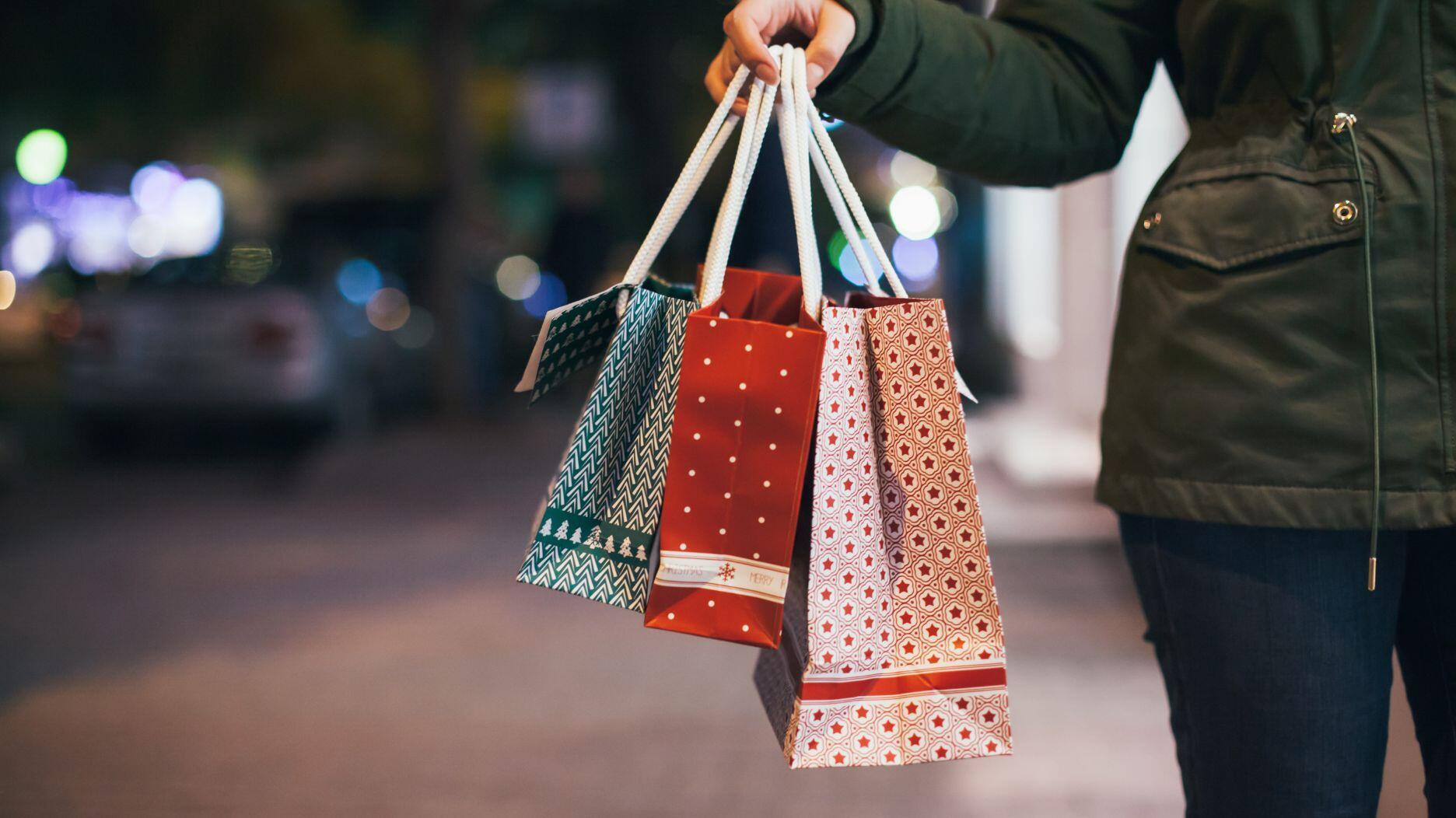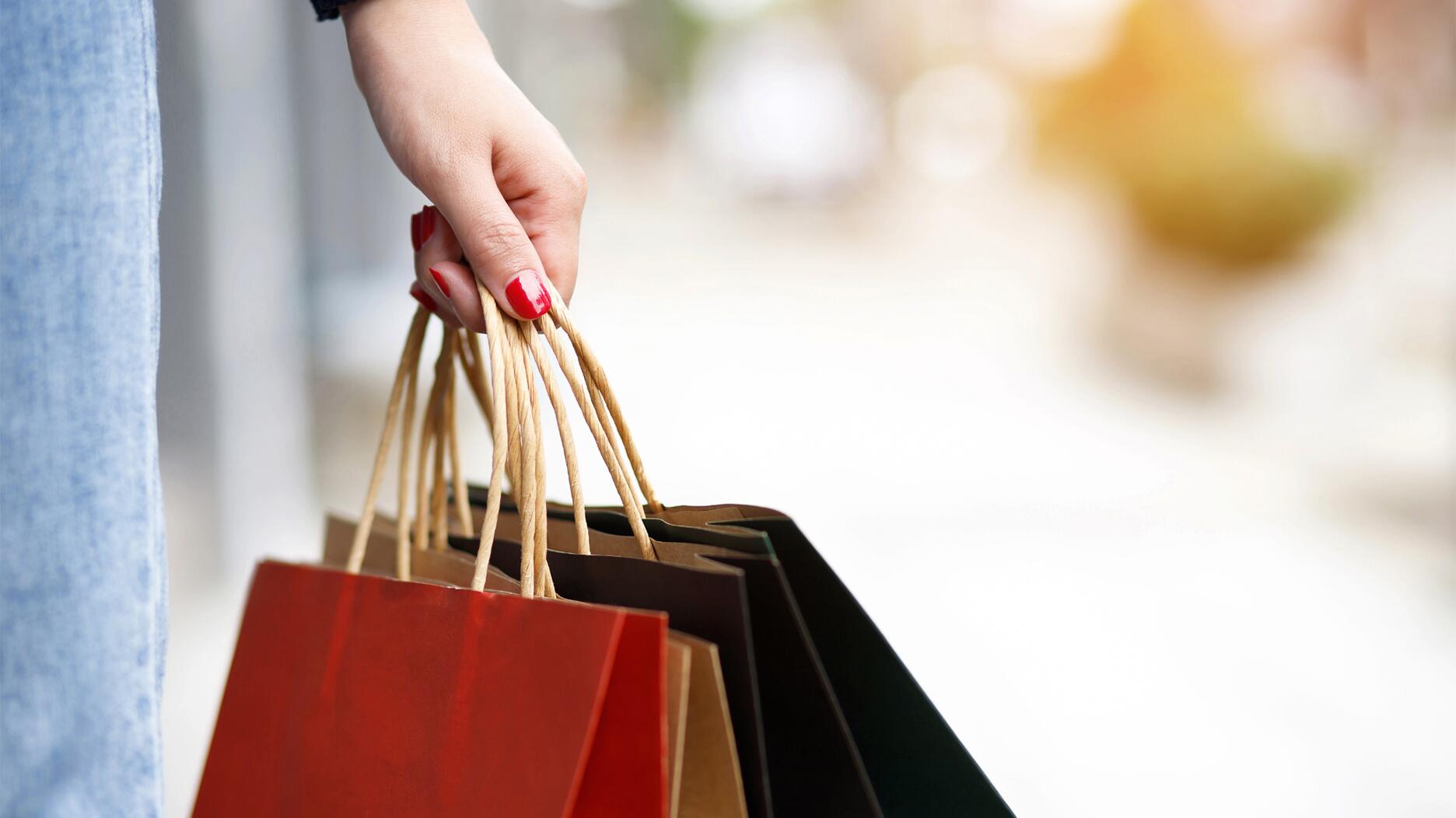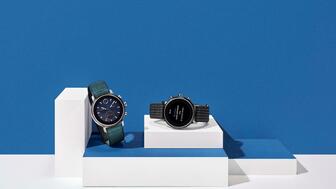During its Q3 call, CEO Efraim Grinberg discussed the deal to lower tariffs on Swiss-made watches, watch market trends, and more.
COVID-19: Consumer Trends and Where They’ll Go from Here
A recent survey by Provoke Insights looks at online shopping vs. off, the in-store experience and consumers’ top concerns about the future.

New York—Consumers have adopted new purchasing patterns in light of the restrictions imposed—and in some cases still in place—across the country.
The question remains, which of these habits will stick even as states reopen, and which won’t?
In its most recent study of 2020 consumer trends, market research firm Provoke Insights aimed to gain a better perspective on consumers’ mindsets and behavior changes pre-, during and post-pandemic.
It conducted a survey among 600 U.S. consumers between the ages of 21 and 65, with sampling based on the latest census data so factors like income, age, gender and geography reflected the country’s population.
The 10-minute survey was fielded between June 5 and 15.
Here’s what it found about how consumers have been shopping since March, and how that could change.
Online Luxury Shopping
Perhaps unsurprisingly, according to survey results, 77 percent of Americans who usually wear jewelry said they haven’t been wearing it as often as they did prior to the start of the pandemic—understandable given the trend of dressing more casually while stay-at-home orders were in place.
As jewelry wearing has declined in frequency, so too has online shopping in the category.
According to Provoke Insights, 22 percent of U.S. shoppers aren’t buying as much jewelry online as they were before the pandemic.
Ten percent said they are buying more jewelry than before.
Among the age groups, Provoke found that millennials are most likely to buy jewelry, watches, handbags and other accessories online right now.
In-Store Luxury Shopping
The study also looked at in-store shopping, which 66 percent of survey-takers said they plan to do when stores reopen.
The question, though, is how often they might do that.
According to the survey, 45 percent of Americans will shop in stores the same amount, while 42 percent are planning to shop at luxury retailers less than before the pandemic and 12 percent said they will shop more.
Members of Generation Z—the generation that follows the millennials—and millennials are more likely to shop in-store once luxury retailers reopen.
RELATED CONTENT: 8 Things to Know About That Next Generation … ZAmong Gen Z, 53 percent said they would shop more or the same amount in luxury retailers, while the remaining 47 percent said they would shop less.
For millennials, 60 percent indicated they’d shop at luxury retailers more or the same amount, with the remaining 40 percent indicating they’d shop there less.
The survey showed there’s an interest in “out-of-the-box” retail ideas to provide new shopping opportunities, especially among younger consumers.
RELATED CONTENT: 7 Tips for Keeping Your Online Business RollingA quarter of luxury shoppers are interested in virtual shopping events—with nearly half of Gen Z and more than a third of millennials indicating they’d be interested—and 27 percent also said they’re interested in scheduling an appointment to be able to shop privately and avoid other customers.
Other Categories
A handful of industries have seen their online sales increase throughout the pandemic.
Makeup, for example, is selling at a higher rate online as consumers go digital to purchase their favorite products, with 34 percent of Americans purchasing makeup or skincare online in the last three months, up from 29 percent before March.
Online grocery sales have risen 20 percent over the last three months.
Personal care items and alcohol also have seen an uptick, while online sales of furniture and kitchen appliances have declined.
Future Concerns
Provoke Insights also asked survey-takers about their concerns and outlooks as states reopen.
People are most concerned about COVID-19’s effect on the economy, with 76 percent of survey-takers indicating this is a worry for them.
Sixty-three percent said they’re concerned about social events, 61 percent about eating at restaurants, 55 percent about shopping in stores, 49 percent about health and 37 percent about the security of their job.
Looking ahead, three out of four U.S. consumers said they expect the country to dip into a recession.
Still, the majority—72 percent—are optimistic about the future for various reasons including family, religion and knowing the virus will eventually subside.
Those who indicated they don’t feel optimistic about the future said they’d be more so if there was a COVID-19 vaccine or a change in political leadership, survey results found.
The Latest
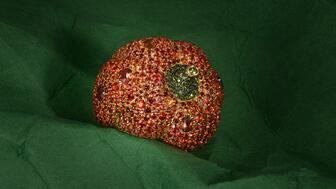
Rosior’s high jewelry cocktail ring with orange sapphires and green diamonds is the perfect Thanksgiving accessory.

The “Embrace Your True Colors” campaign features jewels with a vibrant color palette and poetry by Grammy-nominated artist Aja Monet.

How Jewelers of America’s 20 Under 40 are leading to ensure a brighter future for the jewelry industry.

Luxury veteran Alejandro Cuellar has stepped into the role at the Italian fine jewelry brand.


The company gave awards to four students at the Namibia University of Science & Technology, including one who is a Grandview Klein employee.

She is remembered as an artist who loved her craft and was devoted to her faith, her friends, and her family.

Roseco’s 704-page catalog showcases new lab-grown diamonds, findings, tools & more—available in print or interactive digital editions.

It joins the company’s other manufacturing facilities globally, including in India, Botswana, and Namibia.
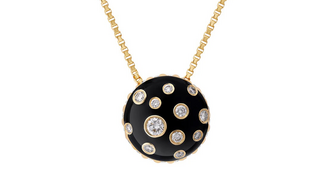
The polka dot pattern transcends time and has re-emerged as a trend in jewelry through round-shaped gemstones.

Vanessa Hickman, 49, allegedly sold a diamond bracelet that was mistakenly sent to her home.

GIA’s former president and CEO was presented with the Richard T. Liddicoat Award for Distinguished Achievement.

Social media experts spoke about protecting brand reputation through behaving mindfully online.

In 2026, the three will come together as “House of Brands,” with Gallet sold in Breitling stores and Universal Genève sold separately.
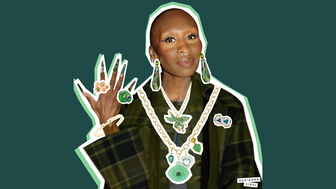
The second drop, which includes more Elphaba-inspired pieces from additional designers, will continue to benefit nonprofit Dreams of Hope.

Second-generation jeweler Sean Dunn has taken on the role.

Amber Pepper’s main focus will be on digital innovation and engaging younger consumers.

Called “Origin by De Beers Group,” the loose, polished diamonds are being sold in a total of 30 stores in the United States and Canada.
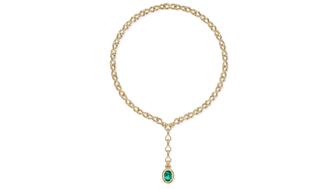
The lariat necklace features a 4.88-carat oval-cut Zambian emerald in 18-karat yellow gold.
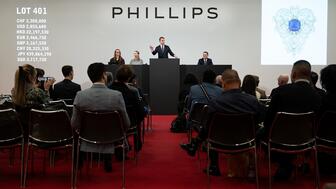
A 43-carat sapphire brooch from the Vanderbilt collection was the top lot of the Geneva sale.
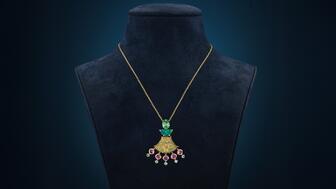
Rau is a fourth-generation art and antique dealer from M.S. Rau gallery whose first jewelry collection merges artifacts with modern design.

Former De Beers sustainability leader Purvi Shah will take over the role in February 2026.
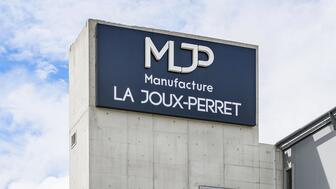
La Joux-Perret is based in La Chaux-de-Fonds, Switzerland, and makes solar quartz as well as mechanical watch movements.

She previously taught at Gem-A and is the founder of The Gem Academy.
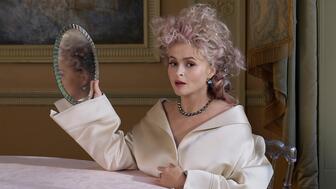
The British actress and her daughter modeled pieces from the brand’s new “Palette” capsule for its “Once Upon a Time” holiday campaign.

Plus, the tech giant shares the steps retailers should take if they believe they’re a victim of a review extortion scam.
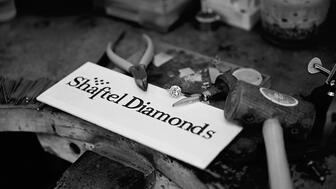
Danny and Gaby Shaftel are now Shaftel Diamonds’ CEO and chief operating officer, respectively.











